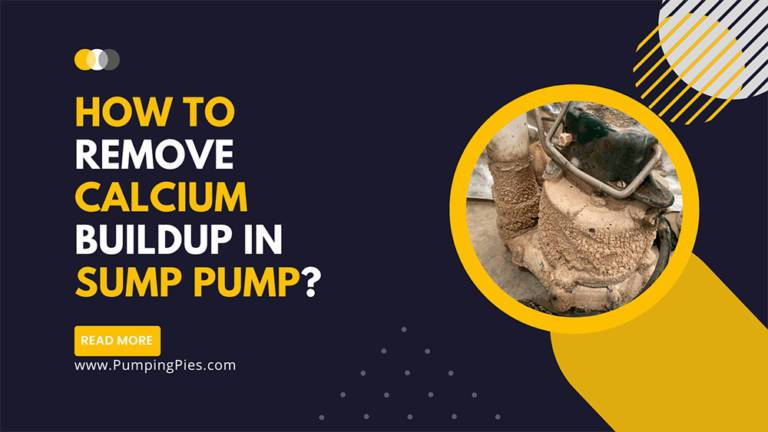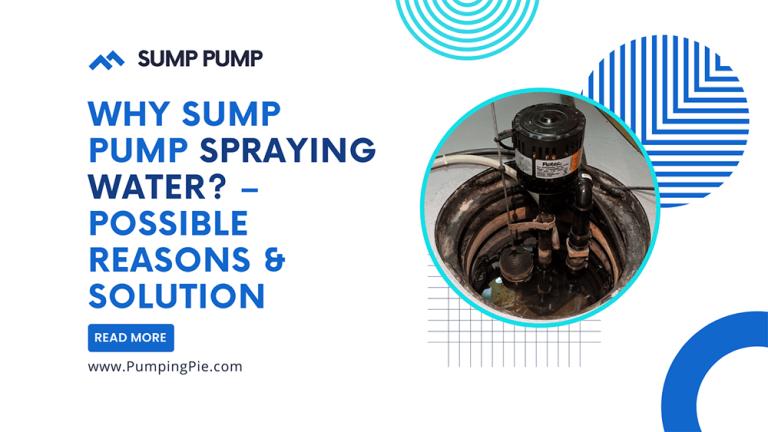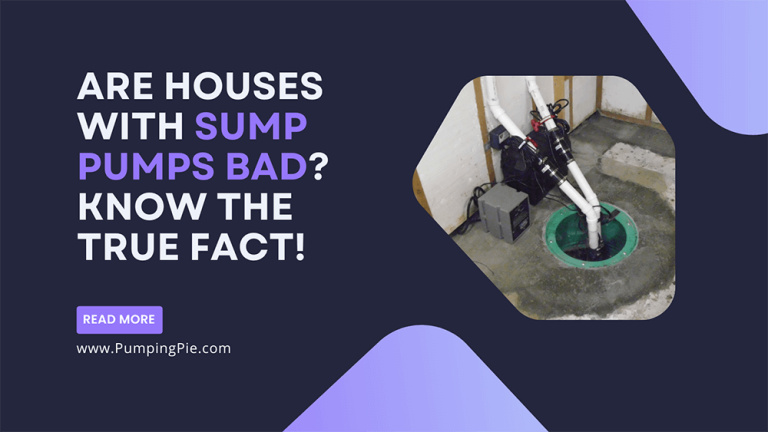Can You Finish A Basement With A Sump Pump?
After you’ve completed your basement, it’s natural to wonder, “Can you finish a basement with a sump pump?” Of course, you can, and you’ll only benefit from doing so.
Sump pumps aren’t essential for a finished basement, but they’re a bonus inclusion. It’ll help lower dampness and humidity, besides being a great shield against floods.
Hence, we’ve covered all the details you need to know about adding a sump pump to your finished basement, so keep reading!
Contents
Purpose Of Adding A Sump Pump To A Finished Basement
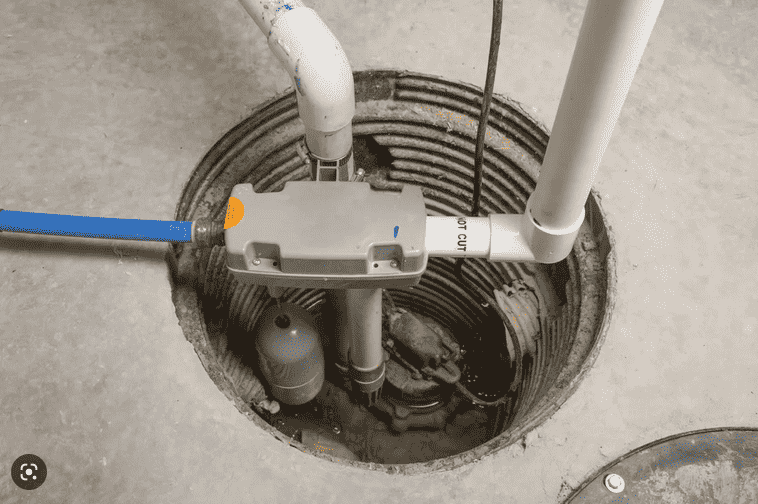
It always helps to know why you should add a sump pump to your basement. If you resonate with any of the cases mentioned below, you should consider getting a sump pump for your basement.
Flood Prone Area
If your area has a history of regular flooding, you should install a sump pump in your basement.
Poor Drainage System
When the drainage system of a house is defective, water collects in unwanted places. This clogging damages the infrastructure of the house.
Damp Environment
Damp and humid environments invite germs and pollutants. Debris and molds also form quickly, leading to many diseases and allergies. Adding a sump pump to the basement is the best solution to this problem.
Expensive Equipment in the Basement
To protect your expensive equipment like your heater or cooler, it’s essential to have a sump pump. It’ll cover the equipment from dampness and humidity.
How Does A Sump Pump Function in a Finished Basement

A sump pump’s main job is to navigate the water out of the house.
The sump pump’s motor activates when it senses the water has crossed a certain level. Water is then pumped into a water collecting pit by the motor. Finally, pipes that lead to the exterior navigate the water away from the house.
As sump pumps run on electricity, it’s better to use a backup battery system in case of emergencies like power blackouts or storms.
How To Add Sump Pump To A Finished Basement
Adding a sump pump to your finished basement isn’t rocket science, but sometimes it can be tricky and complicated. You can follow these steps to install the pump properly and safely in your finished basement :
Step 1: Selecting the Installation area
Locate the most humid part of your basement for installing the sump pump. Dig a hole deep and wide enough to fit the sump pump. As finished floors are harder to break into, you might need to call in professional help.
Step 2: Placing the pump
Put a layer of gravel inside the hole to make a sturdy platform. Next, place the pump inside the hole carefully. Ensure the pump remains steady in its place and doesn’t wobble.
Step 3: Testing the nozzle
The float nozzle must be free to move vertically. Movement of the floating nozzle determines whether the pump should be on or off. So, it’s crucial to test the nozzle before going to the next steps.
Step 4: Running the pipes
Run a PVC pipe from the floating nozzle to the exterior boundary of your house. Make holes in the basement wall for the pipe to fit in.
Step 5: Testing the pump
Before starting the pump, check thoroughly for leaks or breaks along the pipes. Finally, turn the power on and start the pump. If the pump works properly, close the lid, and you’re all set!
Step 6: Covering the pump hole
You can easily fill up the hole surrounding the pump with cement or concrete. Spread the cement mix all around the pump to fill the void. Be careful to avoid the pump lid.
And voila! Now you have a sump pump installed in your basement.
Video of Installing a Sump Pump in Your Finished Basement
You can watch this video to help you understand the ins and outs of installing a sump pump in your basement:
Read:
- Can you drain dehumidifier into sump pump?
- Sump Pump Discharge Line Underground Clogged!
- How to Adjust Sump Pump Float Switch?
FAQs
Do all basements need sump pumps?
Sump pumps aren’t a necessity for basements. But it’s recommended to have one as they provide security from floods.
How can I hide the sump pump in my basement?
Most people want to cover their sump pumps as they’re aesthetically unpleasing. You can wall the area around the hole and turn it into a closet. Another solution is to add removable flooring around the hole.
Do unfinished basements need sump pumps?
In finished or unfinished basements, sump pumps are recommended for both types. It’s easier to add one to an unfinished basement, so you should take full advantage of the opportunity.
Conclusion
The bottom line is that sump pumps are an excellent addition to your finished basement. Sump pumps safeguard the basement from floods and maintain the foundation of the house; moreover, they lower humidity, inhibiting molds and allergic agents.
So now, you know everything there’s to know about “can you finish a basement with a sump pump?”As a final tip, we recommend you consult an expert before starting the work on your own.
Good luck with adding a sump pump to your basement!
Relevant:
- How to Fix Short Cycling Sump Pump
- How to Test a Sealed Sump Pump?
- Why Sump Pump Spraying Water? – Possible Reasons & Solution
- Are Houses with Sump Pumps Bad? Know The True Fact!
As an Amazon Associate, I earn from qualifying purchases.

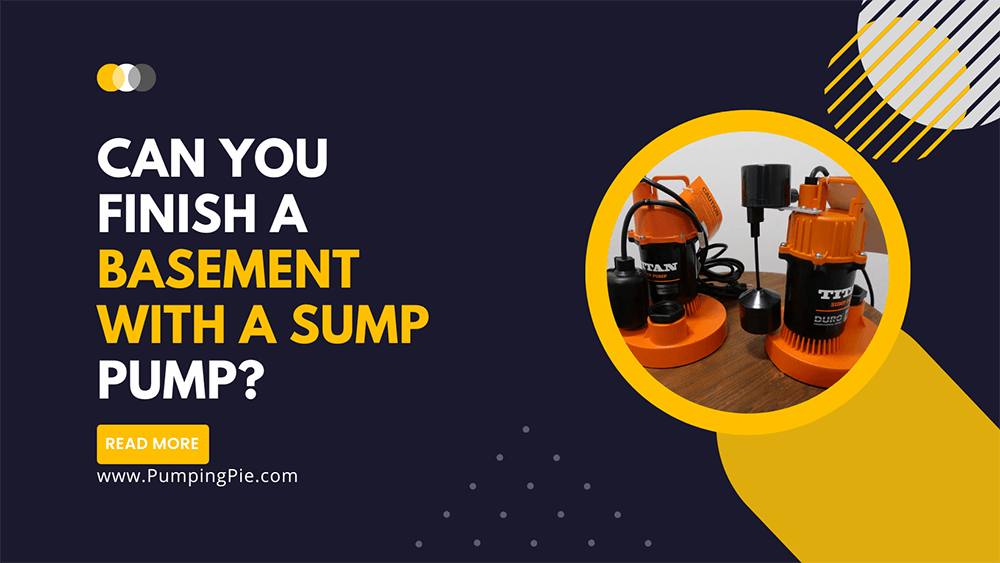
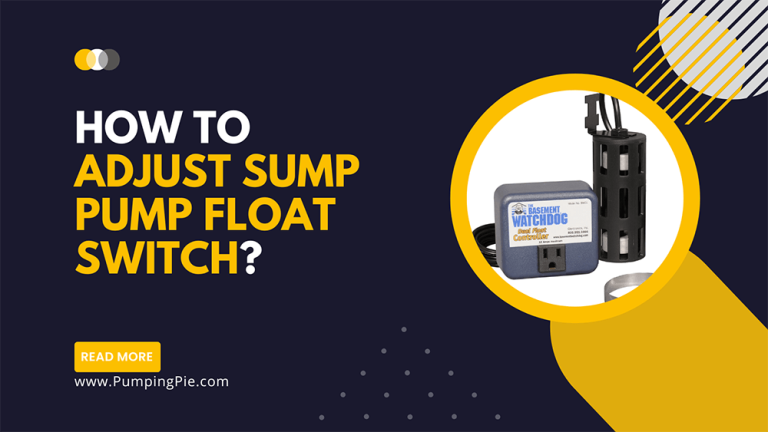
![How Deep Should A Sump Pump Be? [Find All Answers]](https://pumpingpies.com/wp-content/uploads/2022/12/How-Deep-Should-A-Sump-Pump-Be-Find-All-Answers-768x432.png)
![How To Unfreeze Sump Pump Discharge [Repair Guide & Fixes]](https://pumpingpies.com/wp-content/uploads/2022/08/How-To-Unfreeze-Sump-Pump-Discharge-Repair-Guide-Fixes-768x432.png)
